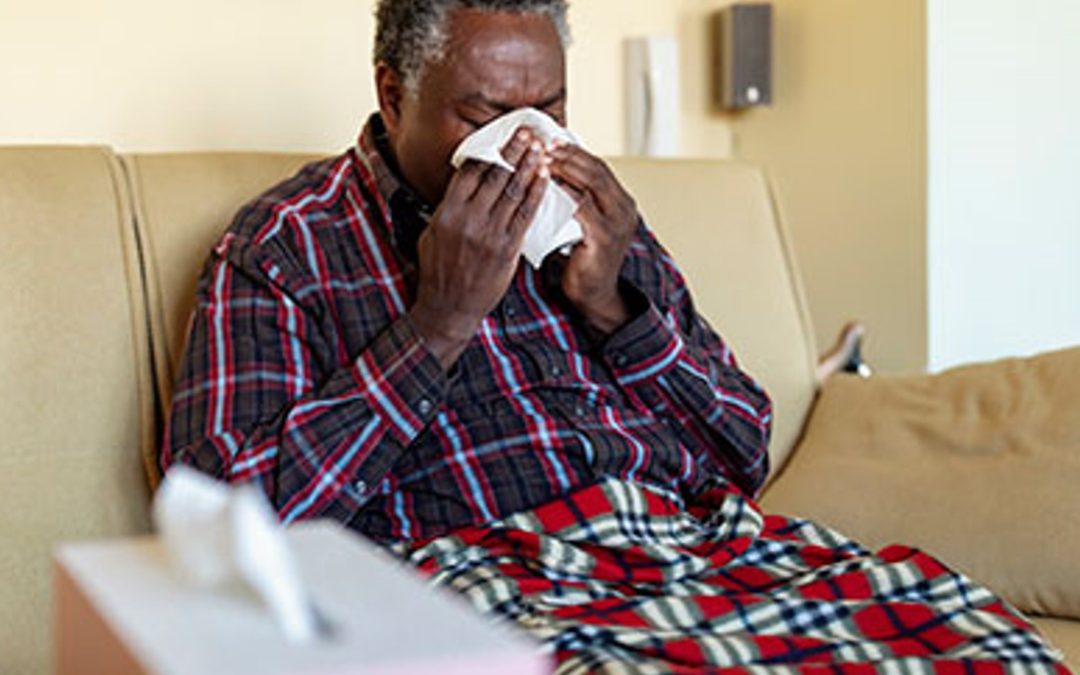You saw it in the news this winter – the country experienced a tripledemic of the flu, respiratory syncytial virus (RSV) and Covid-19. According to The Hill, 40% of US households have had someone infected with at least one of these respiratory viruses, experiencing symptoms including body aches, fever, coughing, shortness of breath, sneezing, and/or wheezing.
Children’s hospitals and pediatric offices have seen a rise in RSV cases, and older adults have been impacted too. According to the Centers for Disease Control and Prevention, about six out of every 100,000 adults have been hospitalized with the virus—a rate that is ten times higher than normal per CNN. The American Association for Respiratory Care reports that RSV hospitalizations put a strain on the health care community, impacting pediatric offices, ambulatory clinics, and hospitals, as well as the availability of RSV antibiotics.
As a former pediatric asthma and RSV patient who spent time in the ER and ICU, I know first-hand the impact hospitalizations have on children and families in addition to the burden placed on health systems.
Remote Patient Monitoring (RPM) Technologies Can Keep RSV Patients Out of the Hospital
While high-risk patients (such as infants under six months old or children with underlying autoimmune or cardiac conditions) may need to be hospitalized, some patients with respiratory viruses can be managed in an outpatient setting. As the rate of RSV hospitalizations increases, experts are looking more towards remote patient monitoring (RPM) technologies to provide supportive at-home care.
RPM devices can equip clinicians with better, more timely data so they can understand how treatment plans are working and whether patients require more attention.
How can remote monitoring of lung sounds help?
In-person lung auscultation with a stethoscope has been the standard of care for diagnosing and managing patients with respiratory illnesses like RSV. The problem? It only happens when patients visit in person, typically lasting for only a couple of minutes and giving clinicians a snapshot of the patient’s lung sounds for just that moment.
Bringing continuous auscultation to patients remotely with wearable technologies such as the RESP Biosensor is the missing piece of the puzzle, allowing clinicians to identify changes in respiratory status while patients are away from the hospital or clinic. Patient recordings of lung sounds with our technology are sent wirelessly to a clinician portal, where machine learning algorithms* automatically identify coughs, wheezes, and other adventitious sounds. Clinicians can easily track frequency of symptoms and get notified if cough or wheeze rates reach above a certain level.
Why is this valuable? Patients who are experiencing worsening lung disease typically have early symptoms such as an increase in coughing, wheezing as well as shortness of breath. By remotely monitoring for changes in these symptoms, care teams have the potential to know earlier if a patient needs attention or a change to their care plan. What’s more, clinicians don’t need to rely on subjective reporting of symptoms from patients.
Thinking back to my days as a pediatric RSV patient, I know how difficult it is to keep track of my symptoms and communicate them to clinicians. Objectively monitoring lung sounds can solve this problem and make a difference in future winters, providing care teams with the right information at the right time to keep patients out of the hospital.
*Machine learning algorithms are not FDA cleared
*Respiratory rate not yet cleared by FDA
*The RESP Biosensor is currently FDA-cleared for adults. We look forward to pursuing pediatric research with our device in the future and receiving FDA clearance for children.

